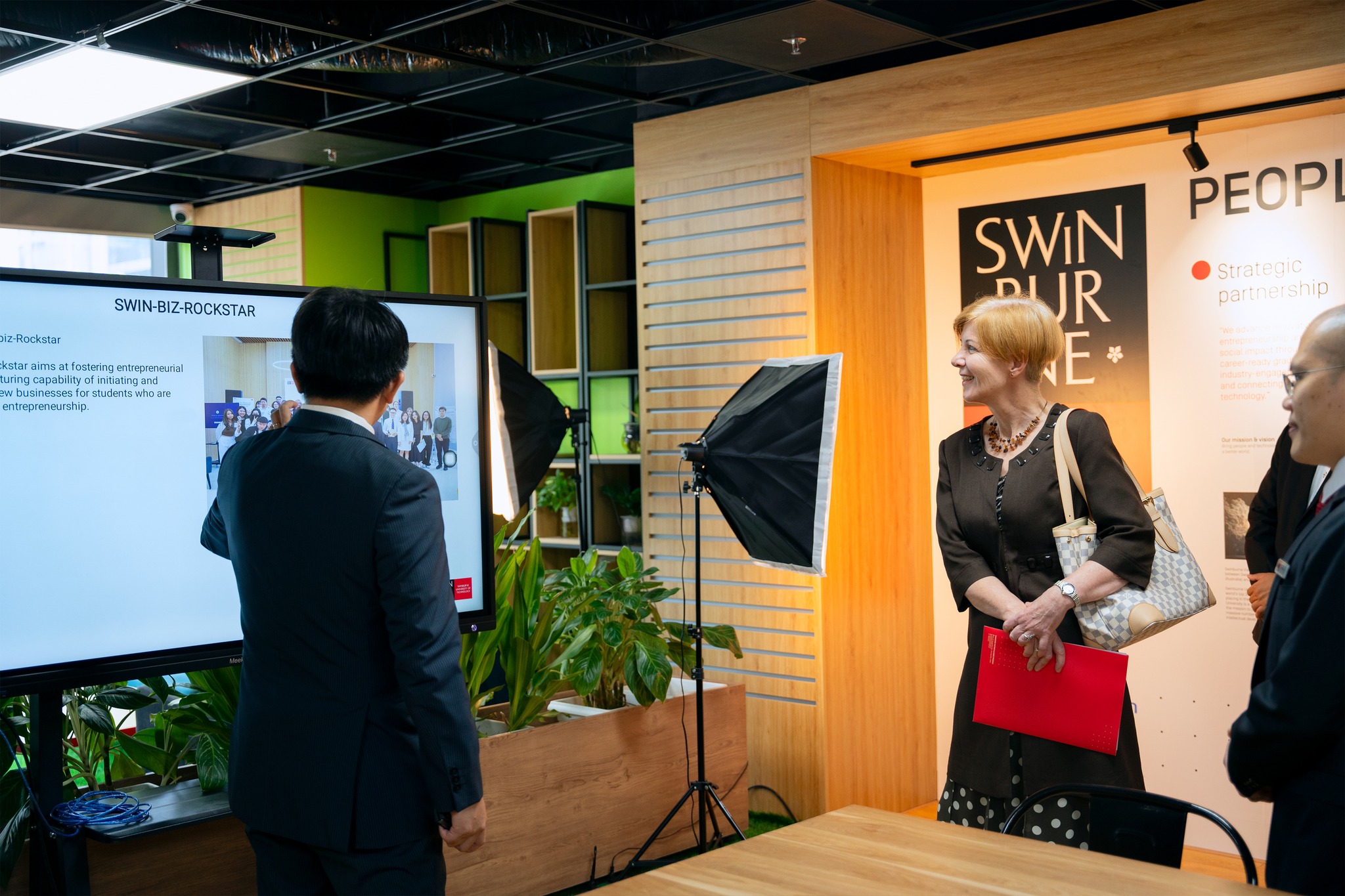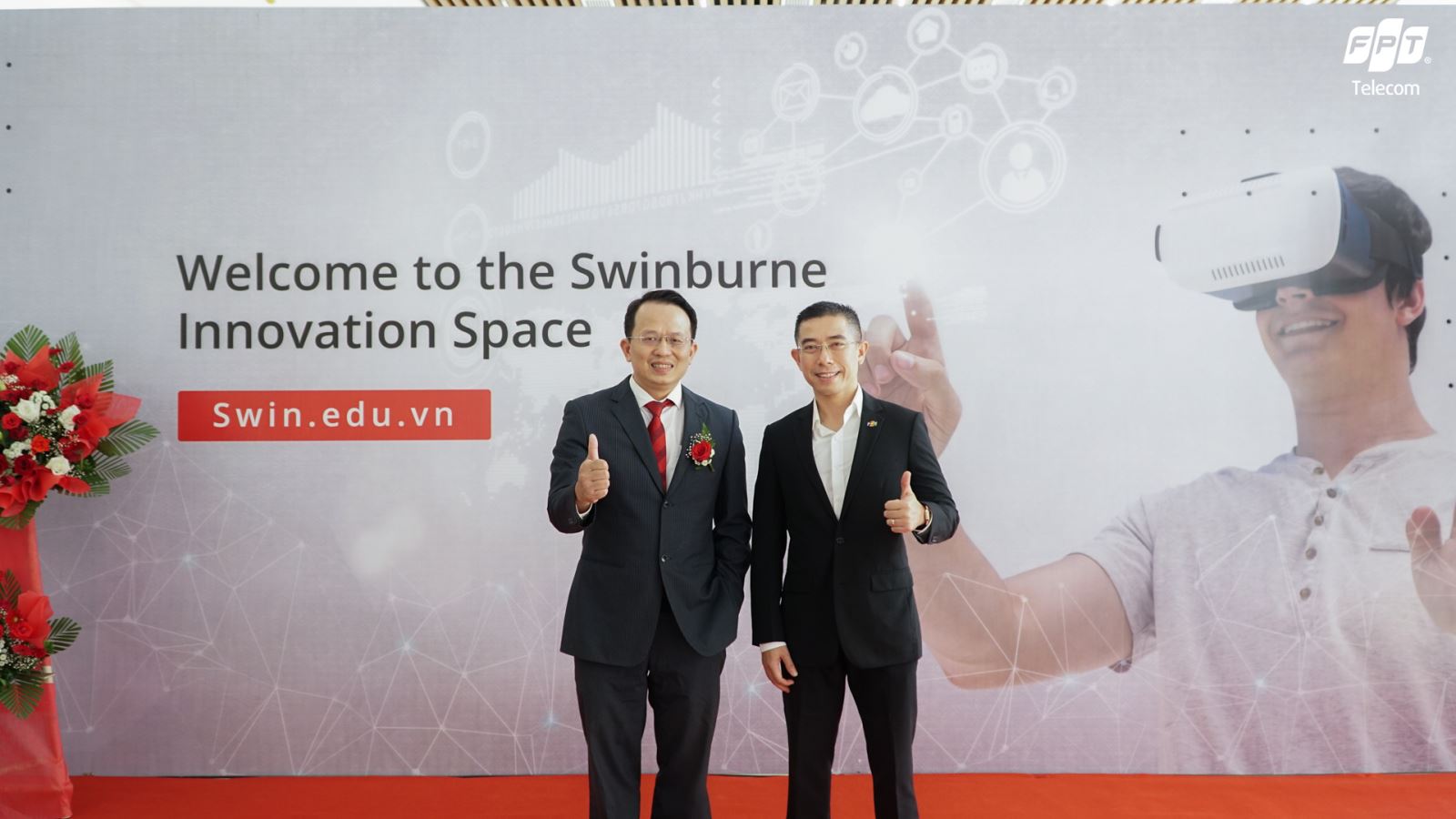Innovation Space
Swinburne Vietnam has established “Swinburne Innovation Space – Creative Center connecting businesses” at 80 Duy Tan, Hanoi. This is an important step to affirm Swinburne’s commitment to training linked to business practices – the university ranked 250th in the world.


The establishment of Swinburne Innovation Space is a cooperative initiative between Swinburne and leading businesses such as DataStax, FPT Smart Cloud, FPT Telecom and FPT Software, to coordinate research and application of the latest technology trends and inventions. technology, especially IoT and Artificial Intelligence technologies. This is a space that combines people and technology, to realize the strategy of helping each learner have early experience with business practice. This helps them have the necessary knowledge and skills to join the global workforce immediately after graduation.
Located in a dynamic area with an ecosystem of business, media and technology businesses, Swinburne Innovation Space is designed to combine training, seminars, creative and hands-on activities. between lecturers, students, research experts and businesses. This experience gives students the opportunity to apply the knowledge they have learned and understand the training content deeply.
The heart of Innovation Space is the Innovative Lab, which is a place to design, research and apply new ideas about technology, especially in the fields of AI, Robotic, and IoT. Technology research is always closely combined with implementation. Therefore, experts and students in business, media, and technology always work closely together to create solutions that bring happiness to people. As said by Dr. Truong Gia Binh, Chairman of FPT Corporation and one of the people who opened Swinburne’s Innovation Lab.
Some Sub-menus of solutions and content that have been, are being and will be developed:
– Smart Car: self-driving car based on camera, road tracking car
– Networking Simulation Tools: Practice simulation of Cisco network configuration, Simulation and research of network models and protocols
– Educational equipment – IoT devices:
+ Learning devices such as Raspberry Pi, Arduino, soldering iron, meter, etc.
+ 1 IoT device model that allows monitoring temperature, humidity, and controlling LED lights via phone App or Website
– Human Robot: Greet and provide information
– 3D Printer: Print some small models such as equipment boxes, school logos
– UAV/Drone: Laptop show video of activities





